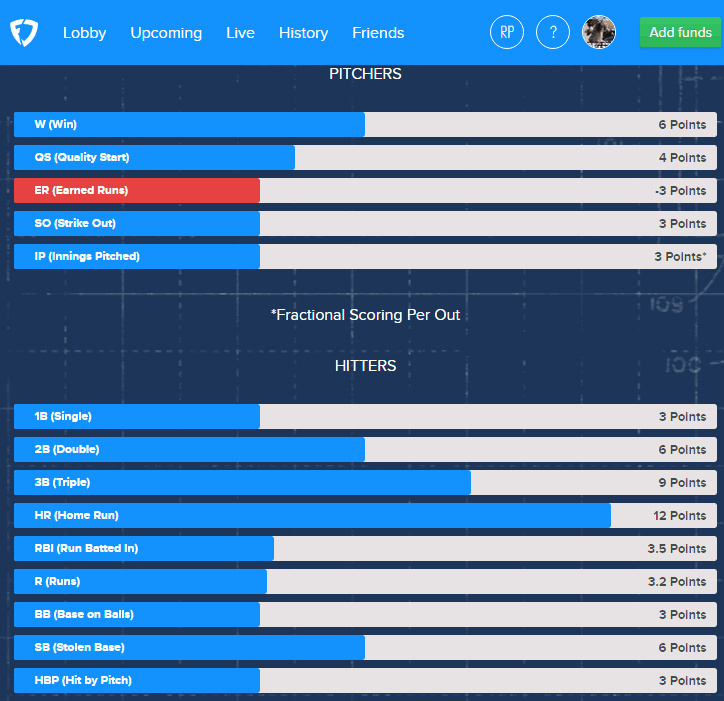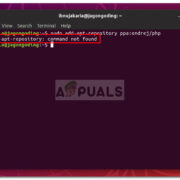Understanding the intricacies of fantasy sports can be as exciting as it is rewarding, offering a blend of strategic planning and the thrill of competition. Fantasy baseball, in particular, requires a savvy mix of statistical analysis and a keen eye for player performance. Calculating a hitter’s fantasy score might seem daunting at first, but with the right approach, even a novice can master the art of crafting the winning team.

Batting Average Brilliance
Calculating a player’s batting average is one of the most fundamental steps in managing a successful fantasy baseball team. It’s a strong indicator of a hitter’s consistent ability at the plate.
Detailed Steps:
- Collect the Necessary Stats: You’ll need the total number of hits and the total number of at-bats for the player.
- Perform the Calculation: Divide the total number of hits by the total number of at-bats (H/AB).
- Express the Number: A batting average is traditionally shown as a three-digit decimal, so if the calculation is 0.33333, you would express it as .333.
Summary:
The batting average offers a quick glimpse into a player’s hitting prowess, though it doesn’t account for the type of hits (singles, doubles, etc.) or other contributing factors such as walks and hit-by-pitches that might influence a player’s overall fantasy value.
Home Run Heroics
Home runs are an electrifying component as they add significant points to a fantasy score and showcase a hitter’s power capability.
Detailed Steps:
- Gather Player Home Run Totals: Find the total number of home runs a player has hit.
- Understand the Points System: Your fantasy league will have a set number of points per home run; often it is a higher value due to the difficulty.
Summary:
Home runs typically score heavily in fantasy leagues, but relying on home-run hitters alone can be risky as they often have lower batting averages and may strike out frequently.
RBI Reliance
Runs batted in (RBIs) are a key component, as they reflect a player’s effectiveness in clutch situations and their ability to help their team score runs.
Detailed Steps:
- Compile the Necessary Data: Count the number of times a player has gotten a hit that resulted in a run scoring.
- Understand their Impact: The RBI total can add to your fantasy points – know the point value per RBI in your league.
Summary:
RBIs are a strong indicator of a player’s value in scoring positions, though this stat can also be influenced by the player’s team performance and lineup position.
Stolen Base Strategy
Stolen bases can add an exciting and valuable dimension to a fantasy team by providing extra points for the player’s swiftness and strategic timing.
Detailed Steps:
- Track Player’s Stolen Bases: Note the number of successful steals a player makes.
- Know the Point Contributions: Find out how many points a stolen base is worth in your fantasy league.
Summary:
Stolen bases are unpredictable and can significantly impact a fantasy score, but basing a team’s strategy around this can be risky, as attempts are infrequent and not all players are a threat to steal.
Walks Wisdom
Utilizing walks as a category in fantasy can be lucrative, as they reflect a hitter’s eye and on-base skills.
Detailed Steps:
- Tally the Walk Totals: Count the number of walks a player has earned.
- Understand How Walks Score: Learn how your league values a walk in the point system.
Summary:
Walks contribute positively to a fantasy score and indicate a disciplined hitter, but the value is typically lower than other hitting statistics and thus may not heavily influence the overall score.
On-Base Percentage Insights
On-Base Percentage (OBP) is an advanced metric that combines hits, walks, and hit-by-pitches to provide a more holistic view of a player’s offensive contribution.
Detailed Steps:
- Gather the Components: Aggregate the number of hits, walks, and times a player has been hit by a pitch.
- Calculate OBP: Add the hits, walks, and hit-by-pitches together and divide by the number of at-bats plus walks, hit-by-pitches, and sacrifice flies.
Summary:
OBP offers a better overall perspective of a player’s ability to reach base than batting average, although the calculation is somewhat more complex and might not be heavily weighted in every fantasy league’s scoring system.
Slugging Percentage Prowess
This measures a player’s total bases achieved per at-bat, emphasizing power hitting and providing an insight into a player’s ability to hit for extra bases.
Detailed Steps:
- Compute Total Bases: Assign values to different hits (single=1, double=2, etc.), and sum those values.
- Calculate Slugging Percentage: Divide the total bases by the number of at-bats.
Summary:
Slugging percentage is key for understanding a player’s power, a critical aspect for fantasy scoring. However, it doesn’t account for other ways players can get on base, like walks or hit-by-pitches.
Total Bases Tactic
Total bases is an accumulative tally of all the bases a player reaches due to hits, which directly contributes to your fantasy team’s overall score.
Detailed Steps:
- Count Each Type of Hit: Singles, doubles, triples, and home runs.
- Calculate Total Bases: Multiply each type of hit by their respective base value and add them up.
Summary:
Tracking total bases is straightforward and directly correlates with scoring potential, making it an essential stat for fantasy. However, it overlooks other aspects such as walks and steals.
Plate Discipline and Strikeouts
Understanding a player’s plate discipline can be essential, as strikeouts can negatively affect a fantasy score by demonstrating a hacker’s approach.
Detailed Steps:
- Track the Strikeouts: Note how many times a player strikes out over a period.
- Apply the Penalty: Different fantasy leagues have different penalties for strikeouts, so be aware of these.
Summary:
A player with fewer strikeouts is generally more valuable, but focusing too much on plate discipline might lead you to pass on powerful hitters who frequently strike out yet score big in other categories.
Game Participation Gauge
Ensuring your hitters are actively participating in games is fundamental, as a player out of the lineup cannot contribute to your fantasy score.
Detailed Steps:
- Monitor Lineups: Check active rosters and injury reports regularly.
- Update Your Roster Accordingly: Be proactive in substituting players who are sitting out games.
Summary:
While it’s essential to have active players, unpredictable factors such as injuries and rest days can pose a challenge for maintaining a consistently scoring lineup.
In conclusion, when it comes to calculating fantasy baseball scores for hitters, it’s crucial to go beyond just batting averages and home runs. Understanding the intricacies of various hitting statistics and how they fit into your fantasy league’s scoring system can give you a competitive edge. Always monitor player performance, lineup changes, and the nuances of your league’s rules for the best results. Discipline in managing your roster and staying informed makes the difference between a winning and losing fantasy season.
FAQs:
-
How often should I update my fantasy baseball team?
It is recommended to check and update your team daily, as player performances, injuries, and game participation can change rapidly. -
Can you win in fantasy baseball by only focusing on home runs and RBIs?
While home runs and RBIs are important, a well-rounded approach that includes batting averages, stolen bases, and other statistics is often more successful. -
What’s more important in fantasy baseball, a player’s real-life team’s success or individual performance?
Individual performance is generally more critical in fantasy baseball because it directly impacts the fantasy team’s score, regardless of how the player’s real-life team is doing.









